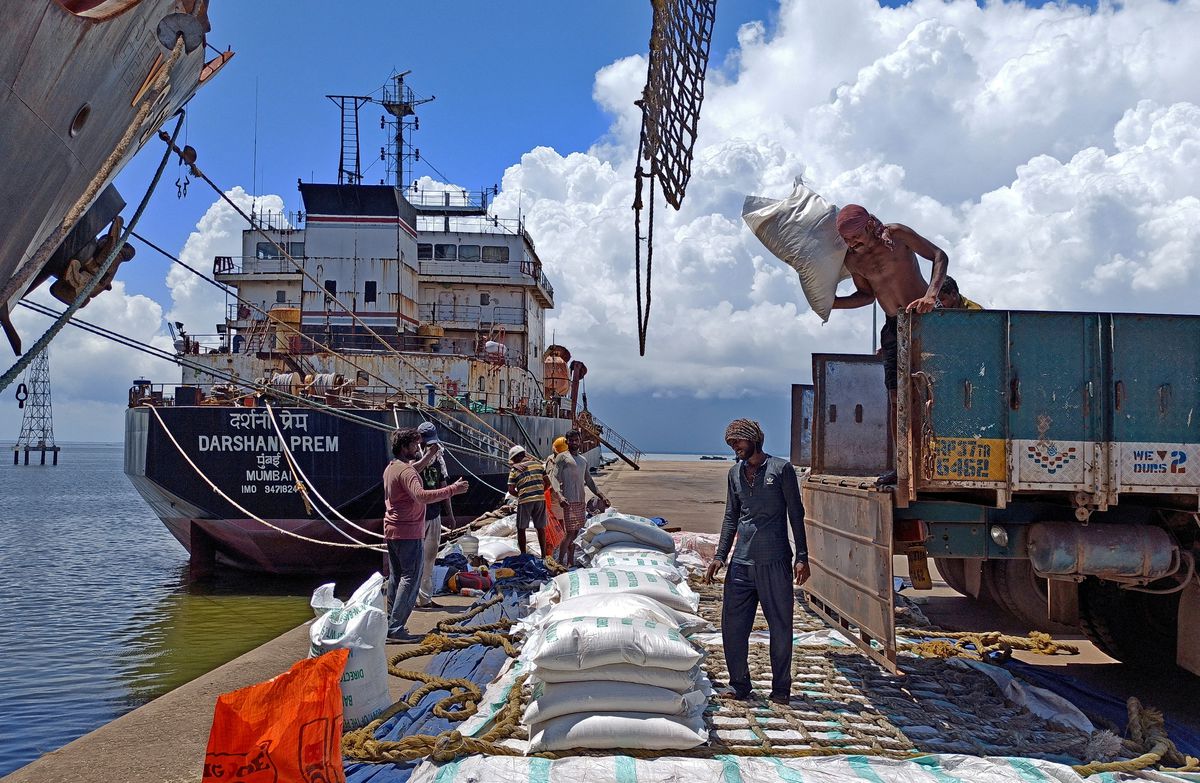The centre has banned the export of broken rice with immediate effect on September 9, which left approximately a million tonnes of grain trapped and rice loading stopped at Indian ports as buyers refused to pay the newly imposed tax on top of the agreed contract price, Reuters reported on Friday.
The government has imposed a 20 percent duty on varieties of rice and banned the export of broken rice, with the aim of controlling the domestic price of rice, albeit not an outright ban on rice shipments as well.
This announcement comes after months of speculation that the world’s largest grain exporter is trying to boost domestic supplies and calm inflation caused by below-average rainfall.
The president of the All-India Rice Exporters Association (AIREA), B.V. Krishna Rao, said: “The duty became effective from midnight, but buyers are not ready to pay the duty. We have stopped loading vessels.”
What are the restrictions?
According to the notification of the Department of Revenue in the Ministry of Finance, an export duty of 20 percent has been imposed on ‘rice in husk’ and ‘husked rice’.
However, another notification from the Director General of Foreign Trade in the Ministry of Commerce and Industry further imposed a blanket ban on the export of broken rice.
Why is the category of broken rice an integral part of the recent announcement?
Exports of broken rice have increased tremendously in the last few years.
In the statement issued by the Ministry of Consumer Affairs, Food and Public Distribution on Friday, explains the detailed rationale for the ban on broken rice. It stated that 2.1 million tonnes were exported between the months of April and August in 2022.
India’s annual production of broken rice is around 5 to 6 million tonnes, which is the by-product of the milling process.
Thousands of people rely on it as part of their staple diet because it’s cheaper. A portion of the produce is used to prepare porridges and congees, baby food, and savoury snacks. It is also used by breweries to produce beer and rice wine.
Apart from this, because of its economically viable nature, it is used as feed for poultry and livestock. The statement further highlighted that due to domestic inflation, sectors like poultry and animal husbandry are getting affected.
New Delhi has a 40 percent share of the world’s total wheat exports. In the last couple of years, India has performed exceptionally well, way ahead of other producers like Thailand and Vietnam. Therefore, India holds a significant position in the global trade in rice.

